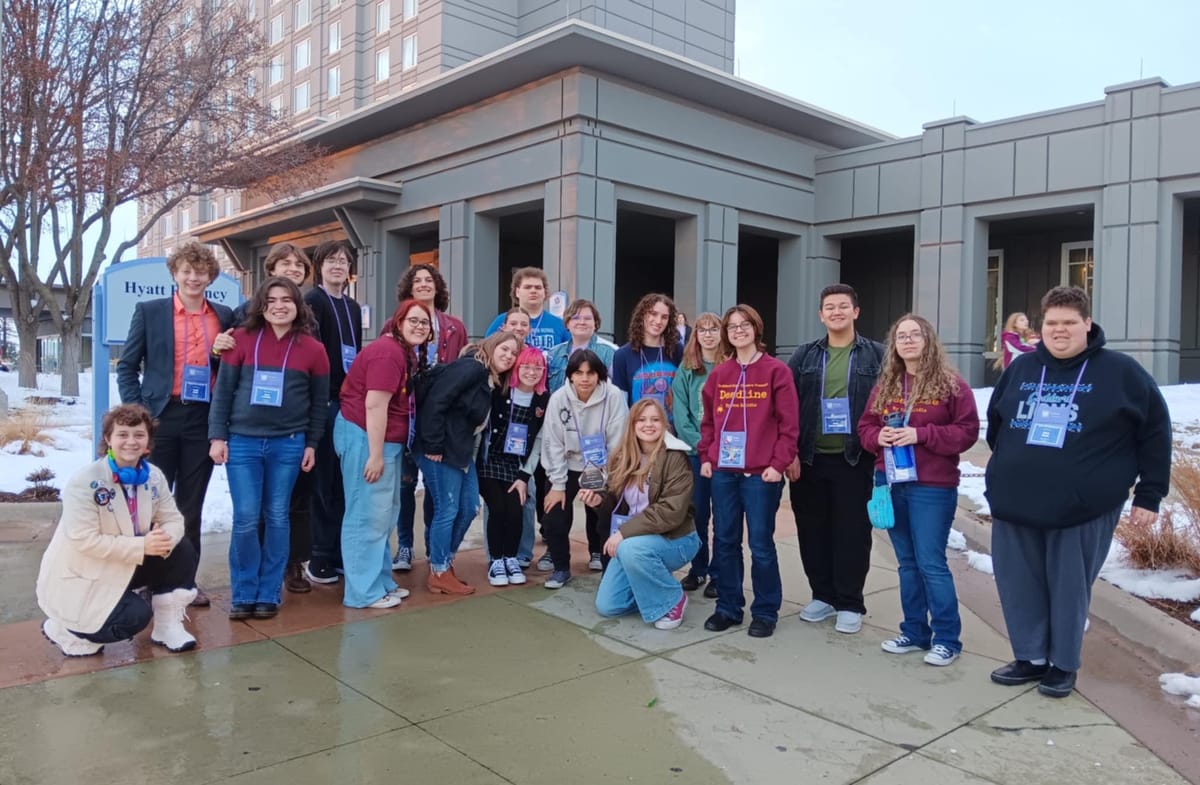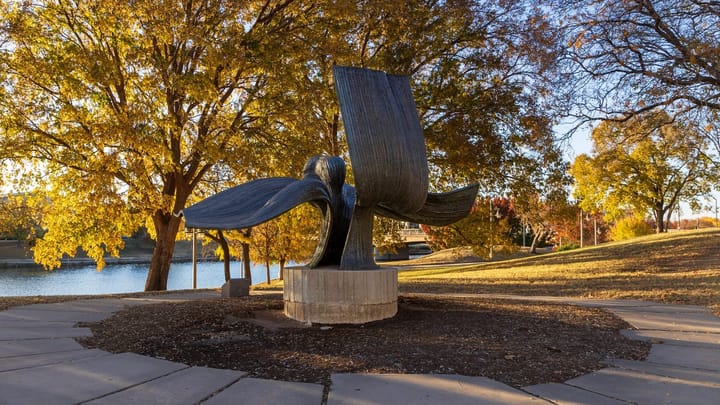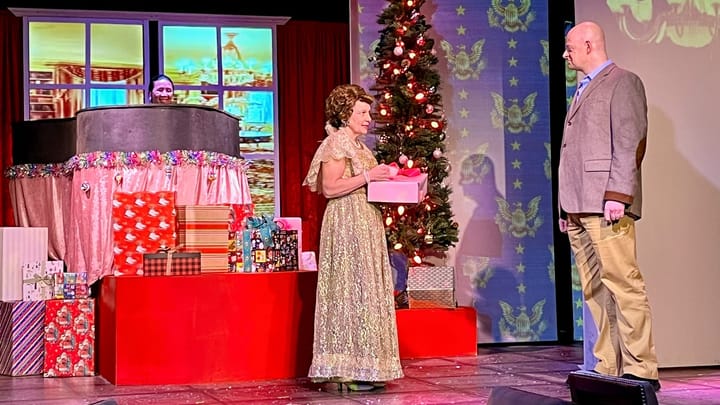Museum on the move
Wichita State’s Lowell D. Holmes Museum of Anthropology is hosting one last student-curated exhibit in its longtime home.
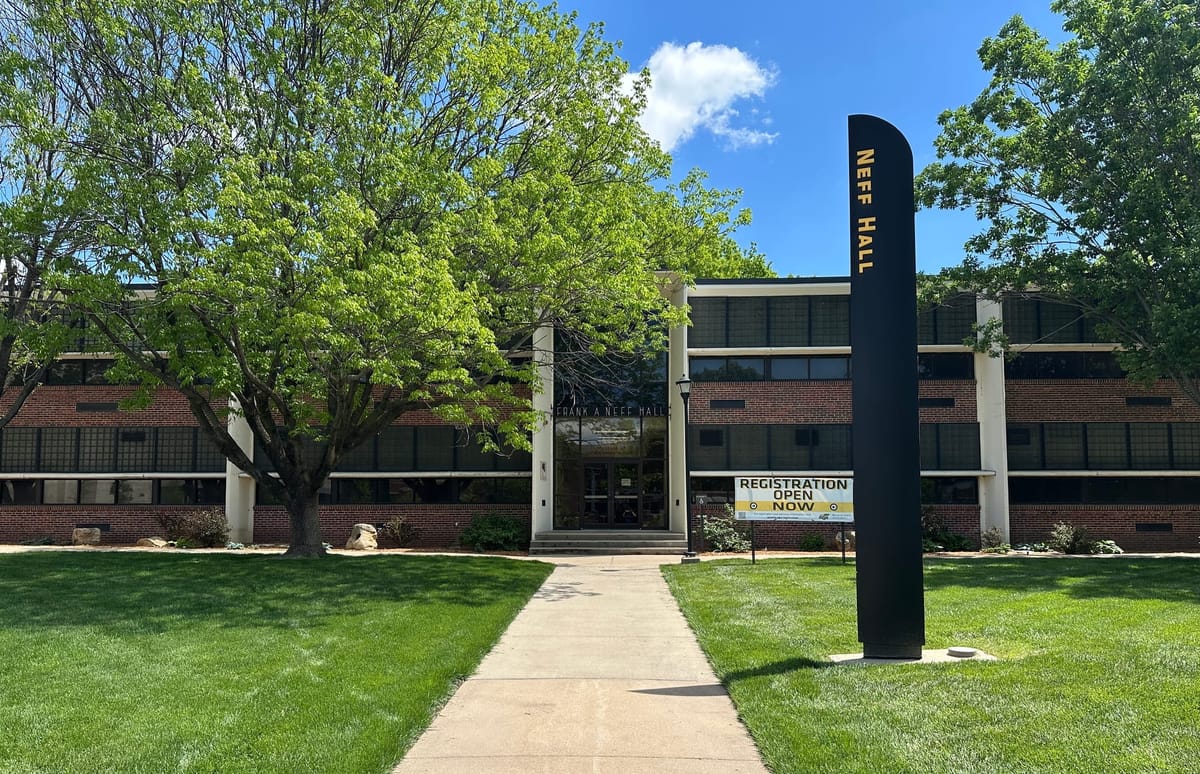
More than just a showcase for artifacts, the Lowell D. Holmes Museum of Anthropology serves as a training ground for Wichita State University students interested in museum studies. Under the guidance of museum director Rachelle Meinecke, students refresh the museum’s exhibits each year, while also doing the work of cataloging and preserving its large and varied collections.
This year’s student-curated exhibit opened on April 29. Titled “Echoes of Expression: A Cultural Symbolism Collective,” it includes a wide variety of art and craft objects from across the world, including Asia, the Americas, Africa, and Oceania.
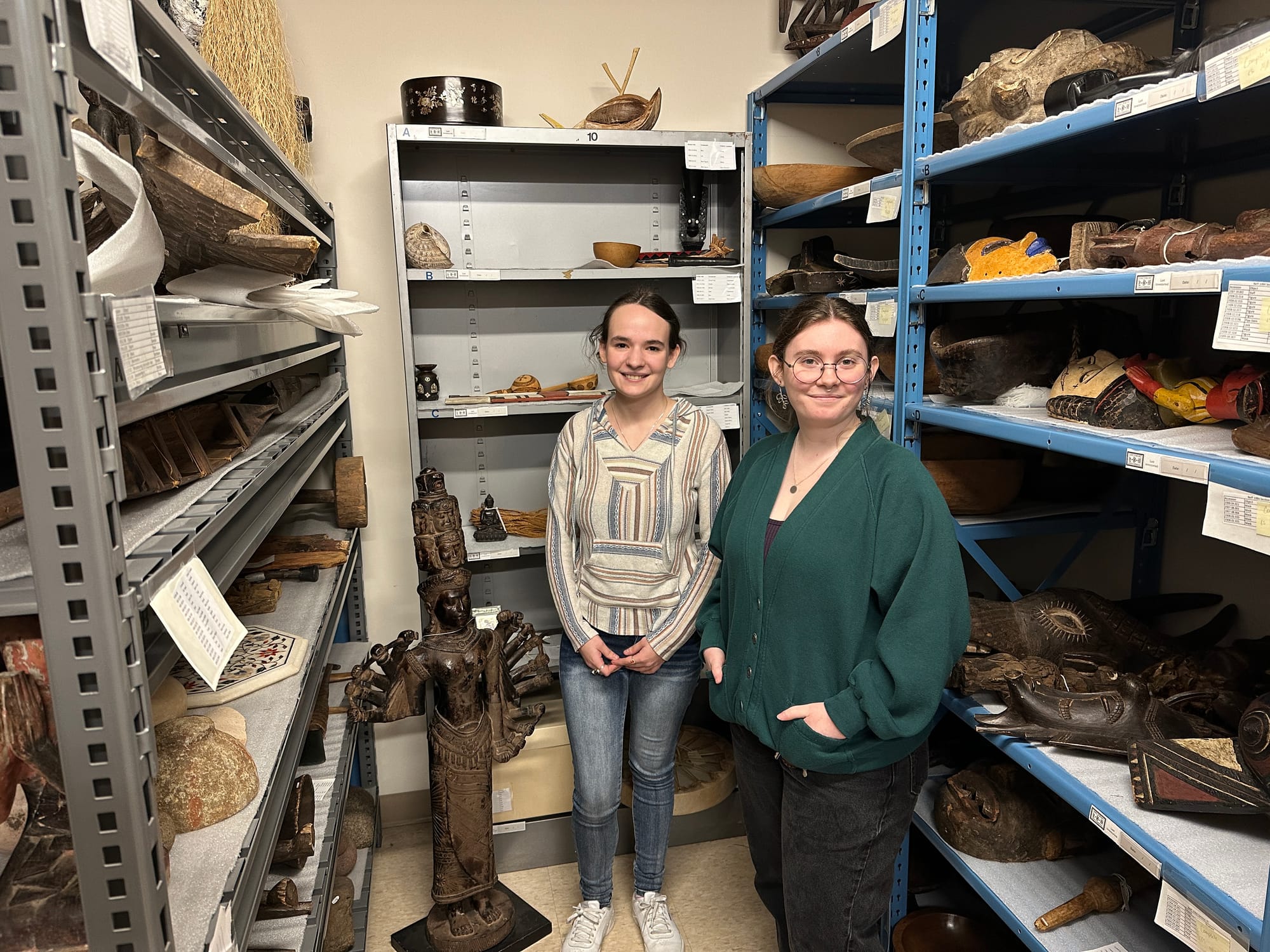
Neff Hall, the museum’s home since 1999, is slated to be demolished by 2027 as part of a campus overhaul that was announced last year. The Holmes Museum will be relocated to the second floor of the Ablah Library — a space that currently houses library materials, study rooms, and seminar rooms.
(The Sunflower reported last month on a controversy over the process used by Ablah faculty tasked with withdrawing library materials.)
Meinecke said she did not realize until after this semester’s exhibit creation was already underway that the new exhibit will be the last for the museum at its current location in Neff Hall.
She is looking forward to reopening the Holmes at a more visible, more frequented location on campus.
“We’ll have more accessibility, more visibility, more resources. I’m optimistic about it,” she said. “I think it will definitely be better than what we have now, and we can focus on re-branding a little bit and letting people know that we exist.”
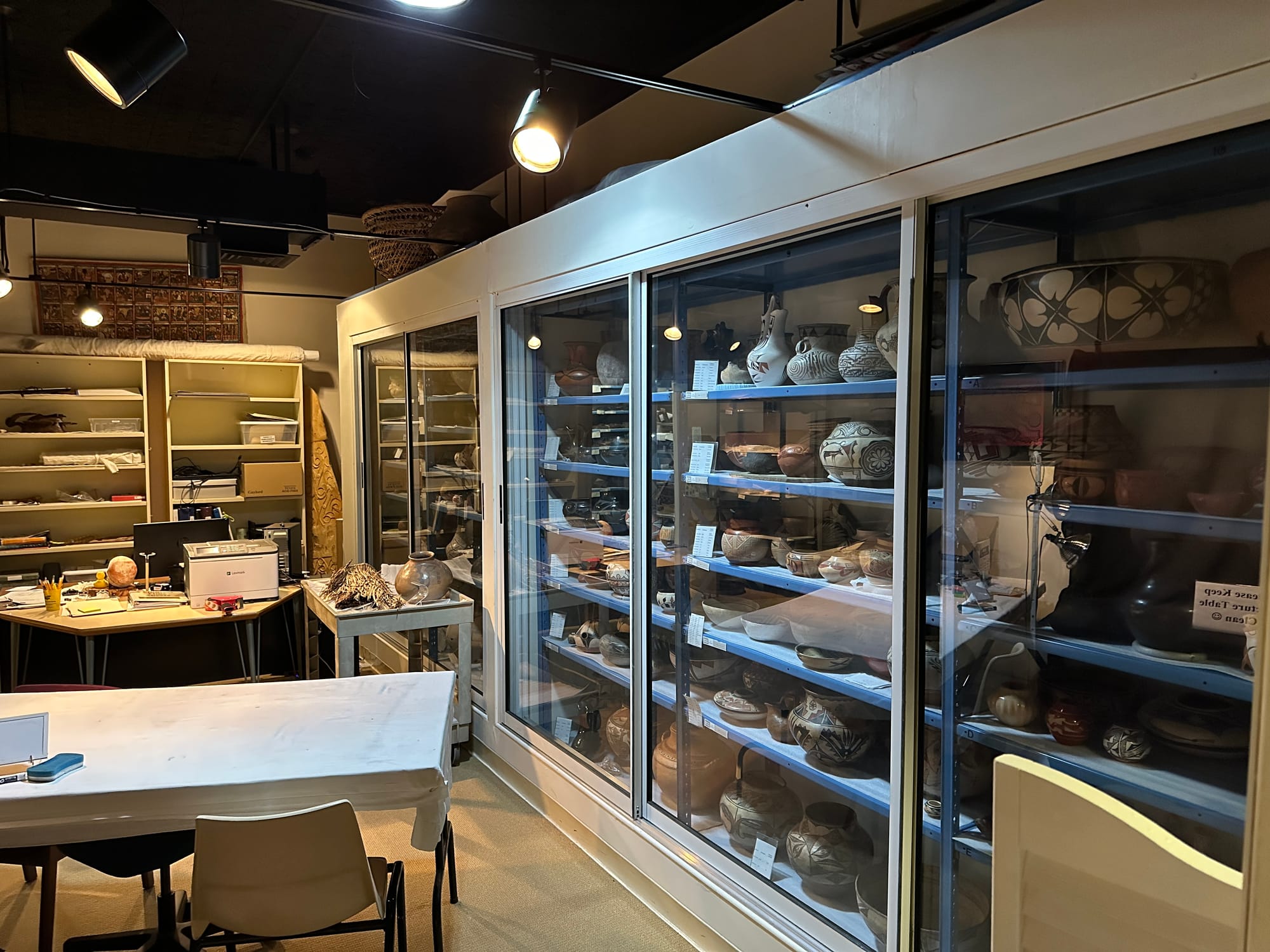
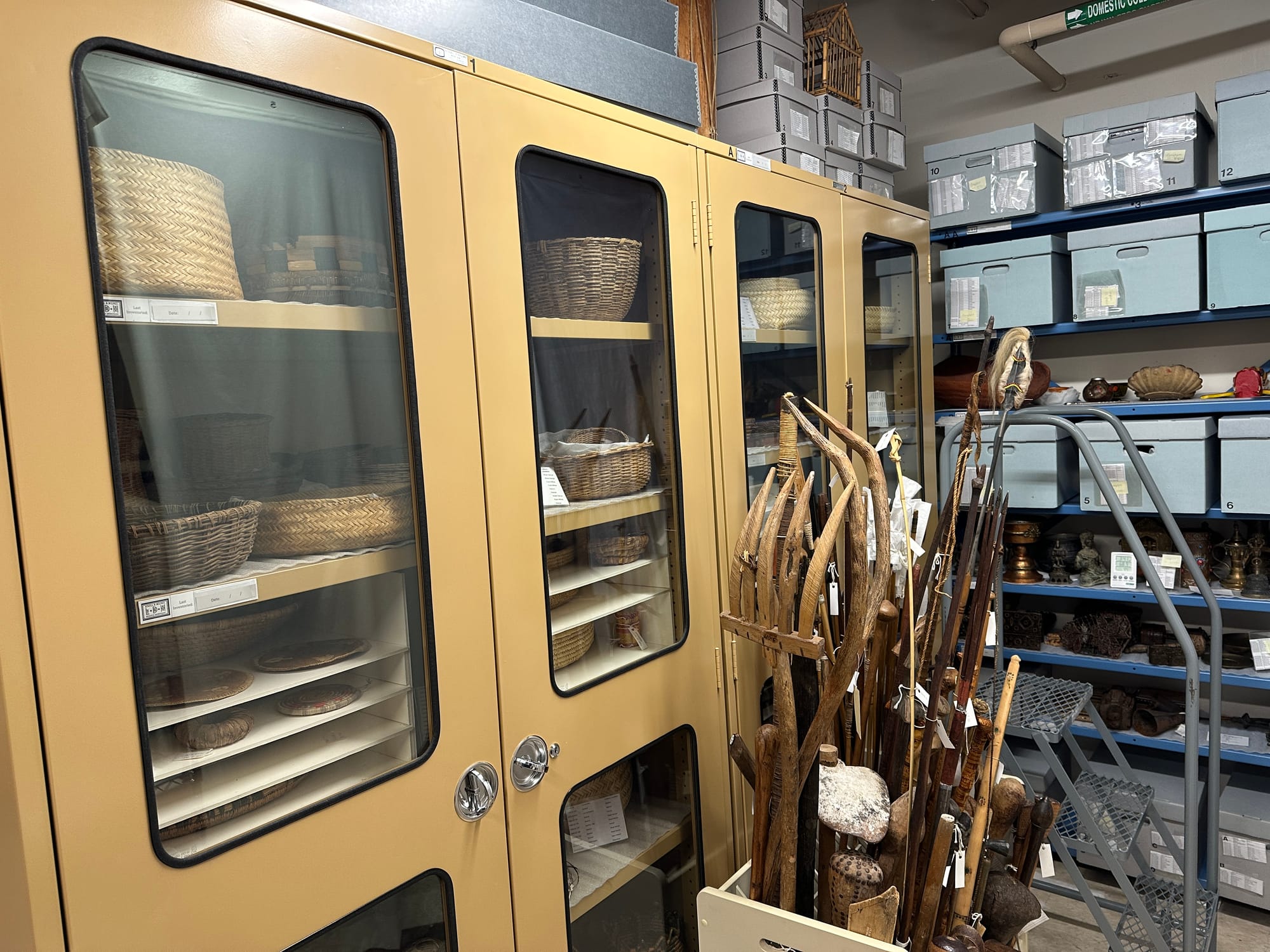
From left: Museum storage and workspace adjoins exhibit space in Neff Hall. Storage cases and archival boxes are pictured "backstage." Photos by Sam Jack for the SHOUT.
Still, there are several question marks. Meinecke does not know just how much exhibit storage space will be included in plans for the new Holmes, or how that will compare to what the Holmes currently utilizes in Neff Hall. Deaccessioning items “is a possibility,” she said.
Many of the Holmes’ artifacts, such as baskets, pots, and jewelry, are small, but some are large and unusually-shaped.
The Holmes’ most notable collection is around 1,000 objects created by the Asmat people of South Papua, New Guinea. That collection includes two carved canoes, each of which is 33 feet long. The canoes currently hang in a corridor of Neff Hall, but Meinecke does not know where they would be exhibited or stored in the new Holmes Museum.
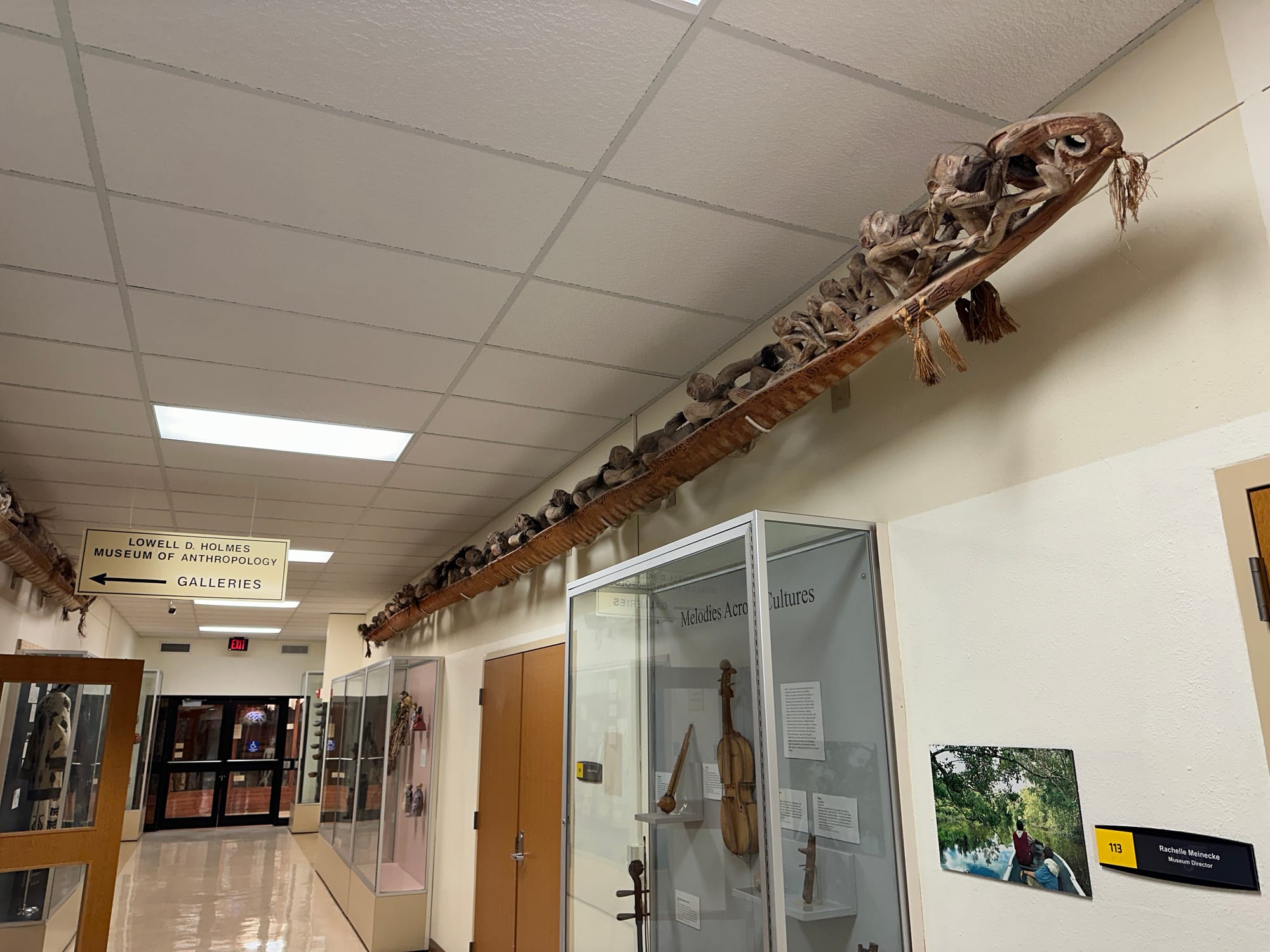
The anthropology department, currently housed in Neff Hall, is slated to move into the geology department’s building, which will create additional challenges for both departments as they figure out how to share a more limited supply of laboratory, classroom, and office space.
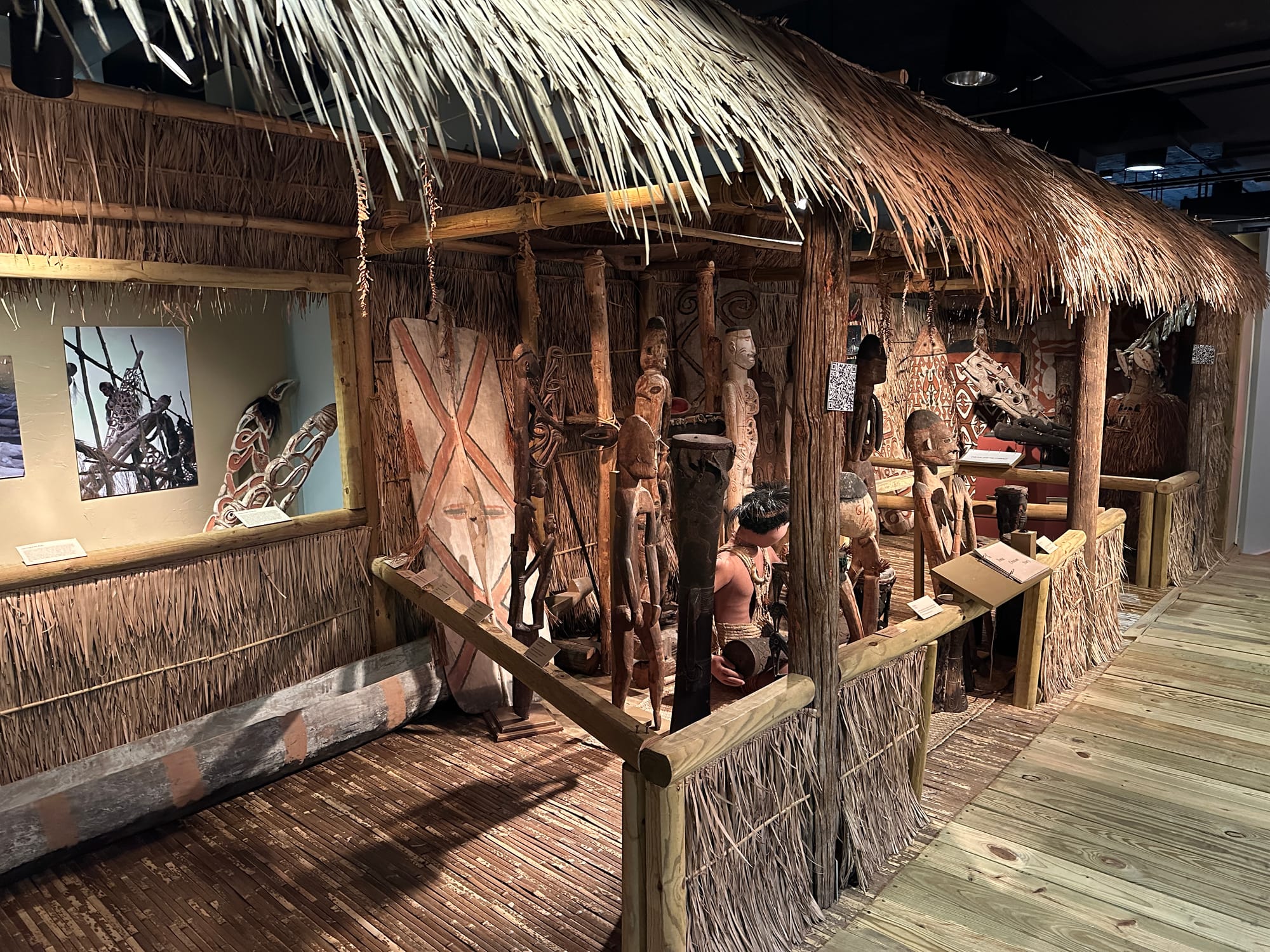
“What I’m hoping is that we can start moving things a little at a time,” Meinecke said. “Next spring, I really don’t know what it’s going to look like with the process of packing up our collection, so I don’t really want to put any more exhibits in here.”
In the interim, Meinecke is hoping to partner with another museum or museums in Wichita to give students hands-on exhibit creation experience next year.
“It’s a little bit daunting and overwhelming, but it’ll be great when it’s over,” Meinecke said of the impending move.
Subscribe to our free email newsletters
Stay in the know about Wichita's arts and culture scene with our Sunday news digest and Thursday events rundown.
No spam. Unsubscribe anytime.
That’s all ahead; right now, the public should take the opportunity to visit the Holmes Museum while it is still in its home of the last 26 years.
For her project this semester, senior Kali Moon assembled a display case entitled “Image Infamy,” with objects that incorporate swastikas. As a symbol and design element, the swastika has been around for thousands of years, and the objects in the Holmes Museum’s collection predate its adoption by the Nazi Party.
“It was a popular symbol in the tourism industry of the late 1800s and early 1900s,” Moon said. “It was very popularized as a symbol of wealth and good fortune, which is what it was commonly known for across the globe. It’s a very important religious symbol to this day, in religions like Hinduism and Buddhism, and it can be found across Africa and in places like Greece and Rome.”
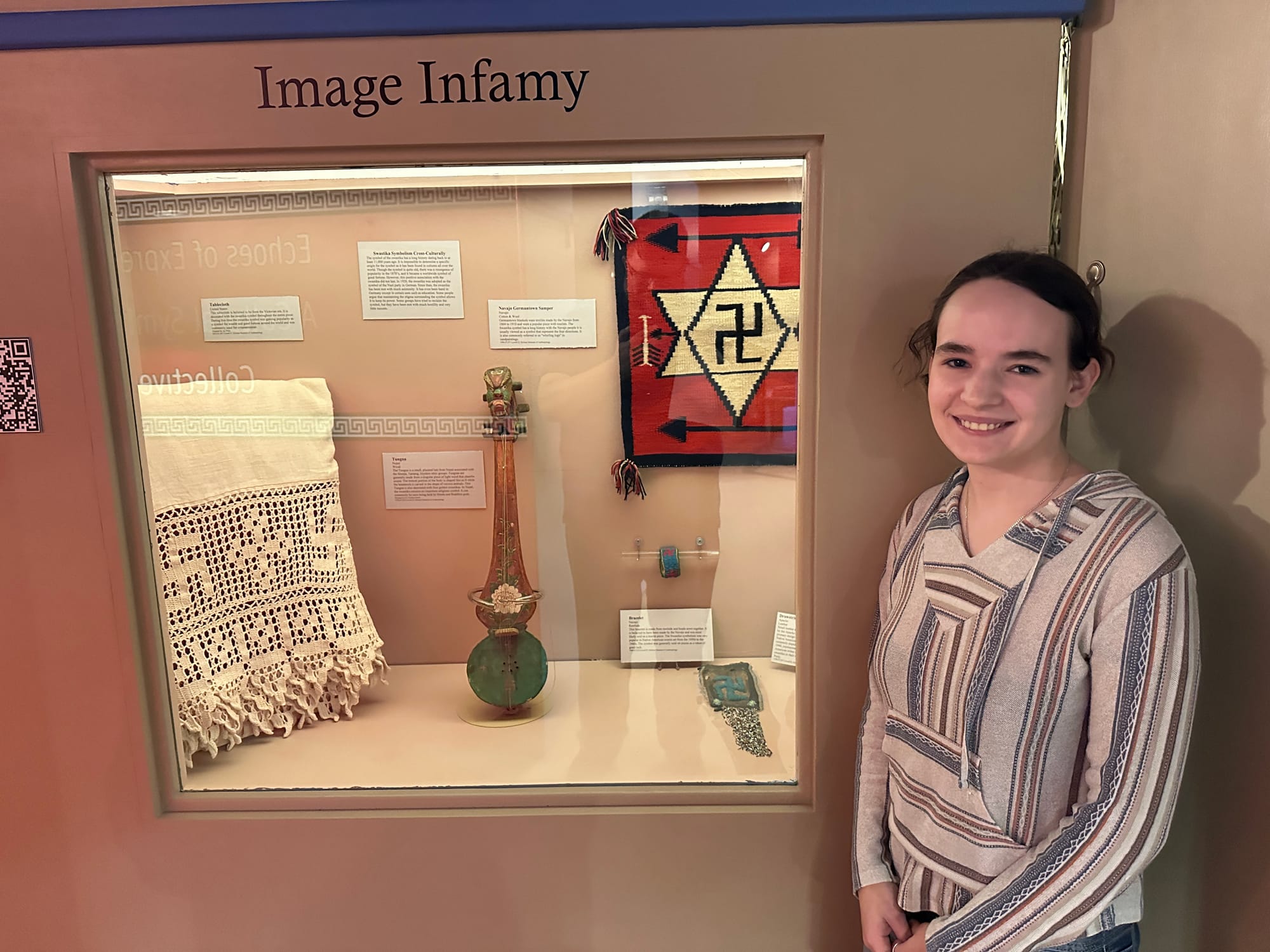
Allison Waldt, a student dual-majoring in anthropology and history, teamed up with Cassity Sutton and Tina Tran to assemble “Constructing Identity: Themes and Symbols Around the World,” a wide-ranging display that forms a centerpiece for “Echoes of Expression.” Waldt’s contribution focuses on the material culture of Papua New Guinea, Sutton’s on that of Greece, and Tran’s on that of China.
“We each looked at the construction of identity in each of these places,” Waldt said. “In the smaller cases, you can see some of the overlapping themes that are shared in cultures around the world.”
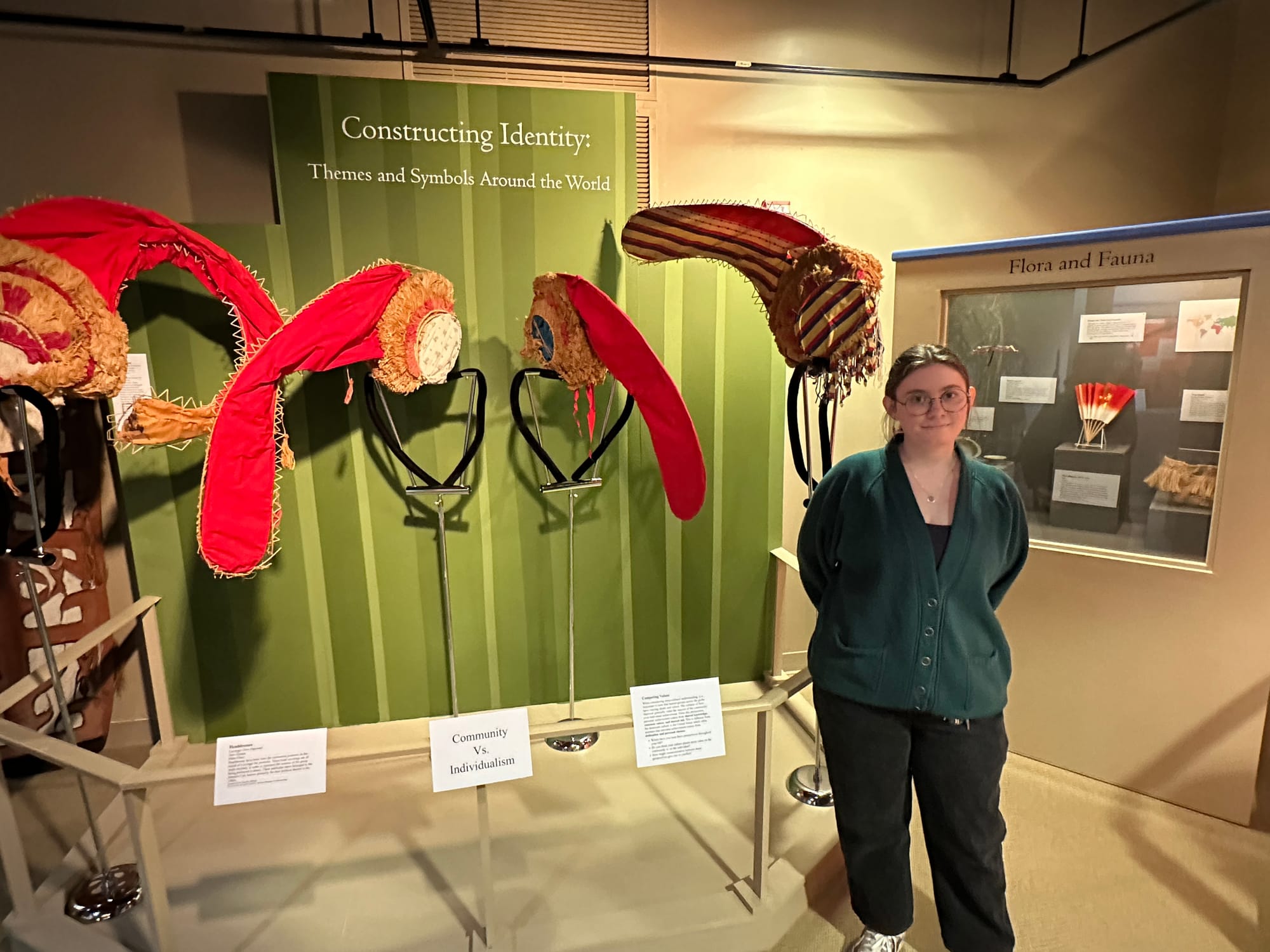
Waldt mounted a display of colorful, crested headdresses created by members of the Johnson Cult — a group that lived on New Guinea’s New Hanover Island in the 1960s. The headdresses were donated to the museum in 2012 by Dorothy K. Billings, a WSU professor of anthropology who died in 2022.
The Johnson Cult was originally understood by Westerners as a cargo cult, but Billings’ research led her to conclude that its members were actually engaged in a form of political theater, with satirical or subversive layers that went over the heads of earlier researchers, Waldt said.
“These headdresses would have been used in a variety of contexts: some ceremonial, religious, and ritual; others more transitional, like coming-of-age, births, and deaths. They’re made to look very similar, to represent the oneness of the group, sometimes with small variations to help people depict different roles in a story,” she said.
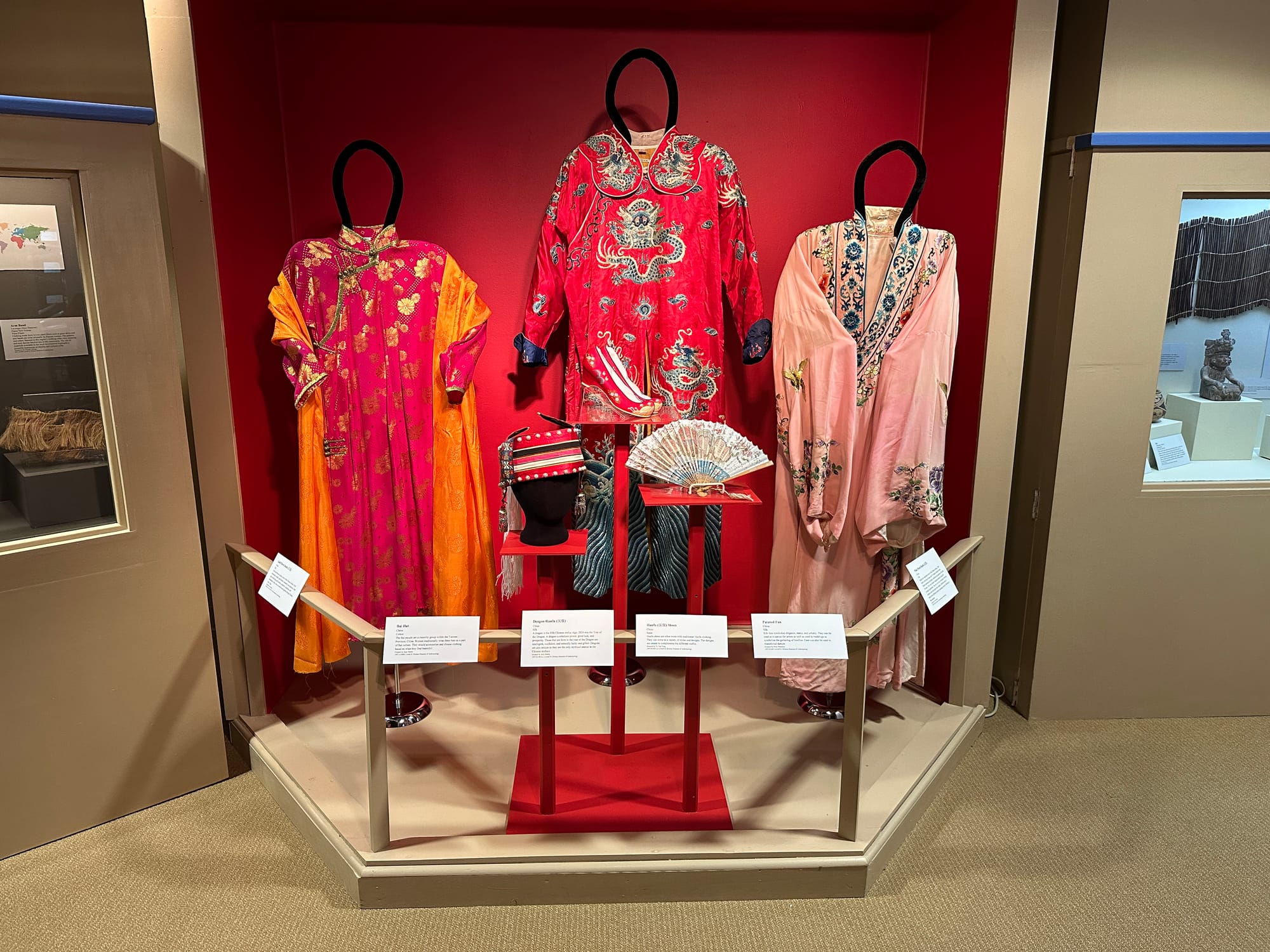
Along with the intellectual challenge of selecting objects and presenting them in an intelligent way, the students had the challenge of physically mounting and arranging items.
“I’m interested in collection care, preservation, and also repatriation of artifacts and what comes along with that,” Waldt said. “So this class has been a really cool way to see the other side of museum work, the exhibits side. I think it’s great to have that perspective and understanding of how the museum works as a whole unit.”
The other displays that make up “Echoes of Expression” were created by Menolly Crossett (“A Ray of Sun”), Aidan Martin and Carmen Montanye (“The Art of Death and Mysticism”), Antonio Ramirez (“Clay Across Cultures: Mesoamerica”), and Sierrsha McAllister (“Clay Across Cultures: Asia”). View additional photos and coverage of the exhibit on The Sunflower’s website.
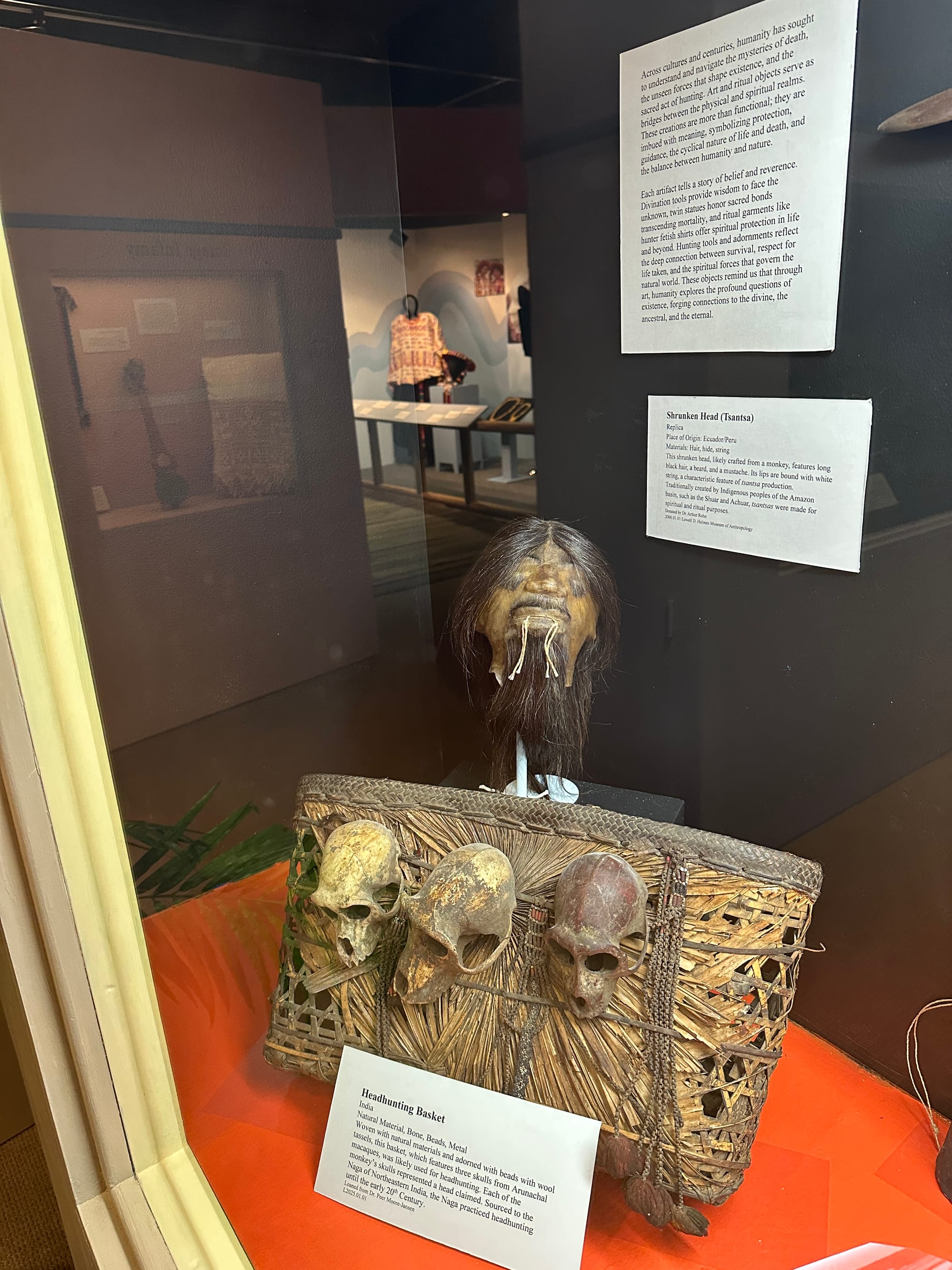
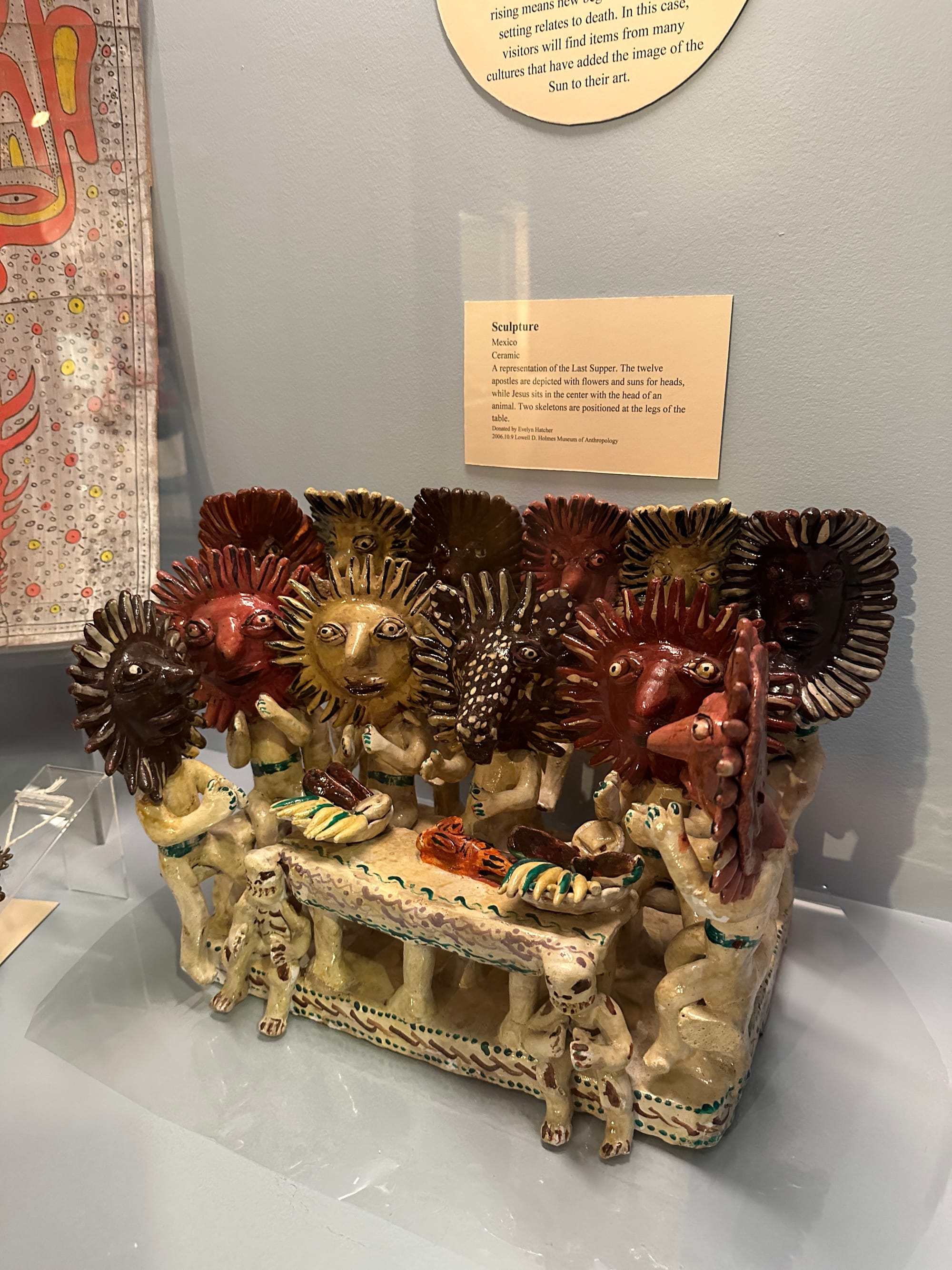
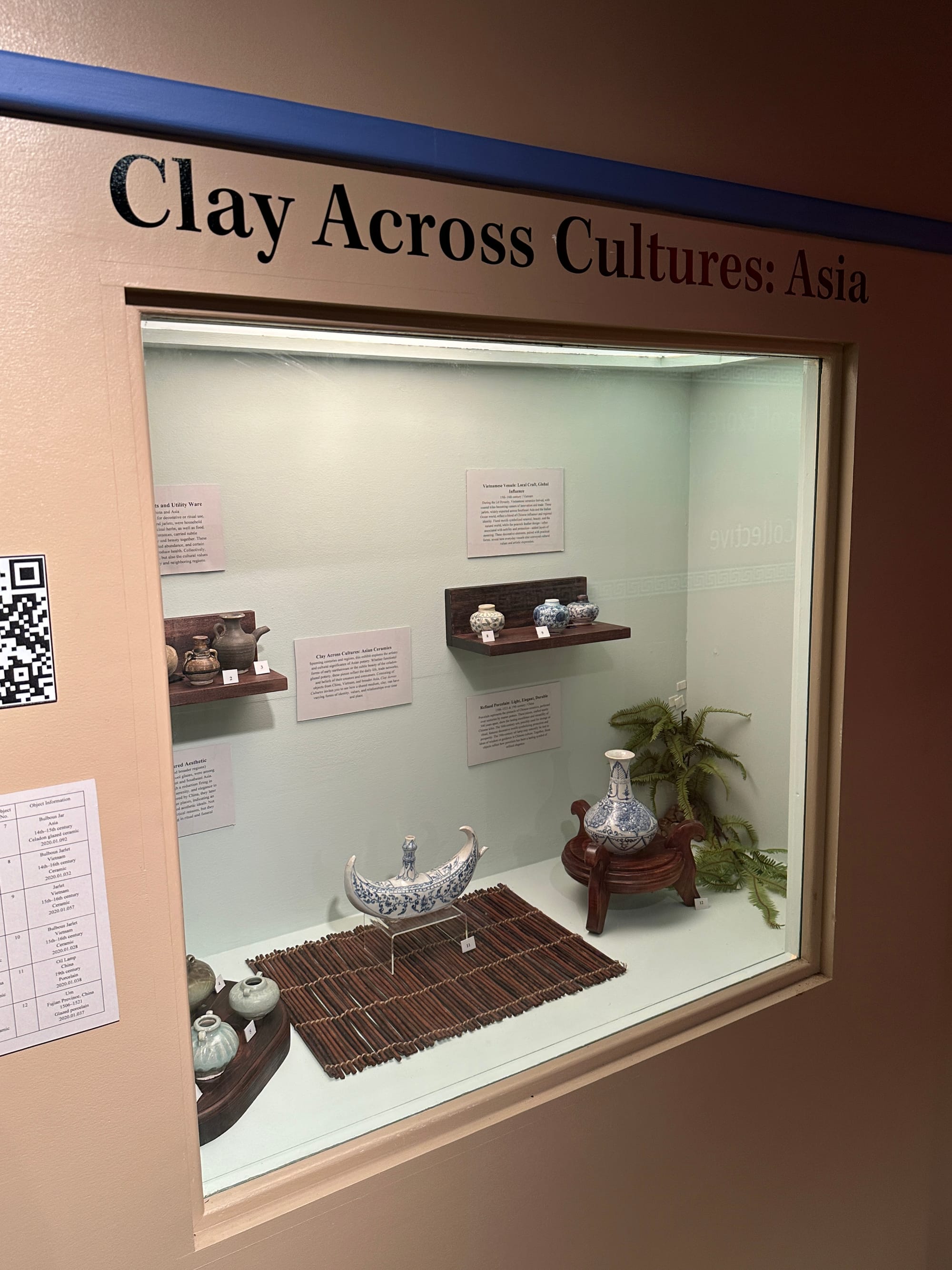
Holmes Museum installation views, from left: Items from a display case entitled "The Art of Death and Mysticism." The shrunken head is a replica, likely made from a monkey's carcass, and originates from Ecuador or Peru. A Mexican sculpture representing the Last Supper highlights "A Ray of Sun," a display curated by Menolly Crossett. "Clay Across Cultures: Asia" was curated and installed by Sierrsha McAllister. Photos by Sam Jack for the SHOUT.
The Details
Lowell D. Holmes Museum of Anthropology
The Holmes Museum is open from 1 to 5 p.m. on weekdays during the fall and spring semesters. (This semester, through May 23.) During breaks, the museum is open by appointment; call 316-978-7068 or email holmes.museum@wichita.edu to make arrangements. Admission is free, but donations are appreciated.
The.museum is located on the Wichita State campus, 1845 Fairmount St., near the Rhatigan Student Center. Find WSU campus maps and parking information on the university's website.
⊛ Off-Broadway, a Kansas playwright meditates on the labor that defines us
⊛ Wayne Gottstine is 'back in the fight'
⊛ Star of MTW's 'Gypsy' finds purpose both on stage and from behind a pulpit
⊛ 'You don't have to give up': Clark Britton on making art into his 90s
⊛ Bygone Friends University museum housed curious collections
The latest from the SHOUT
 The SHOUTTeri Mott
The SHOUTTeri Mott
 The SHOUTTeri Mott
The SHOUTTeri Mott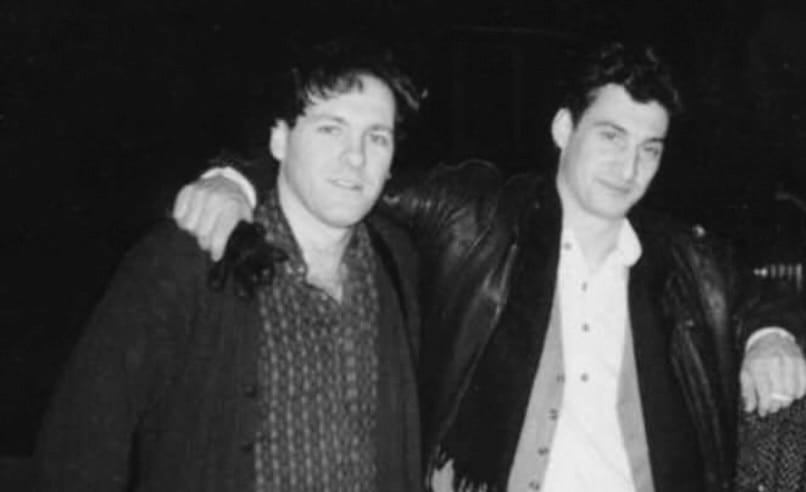
 The SHOUTShelly Walston
The SHOUTShelly Walston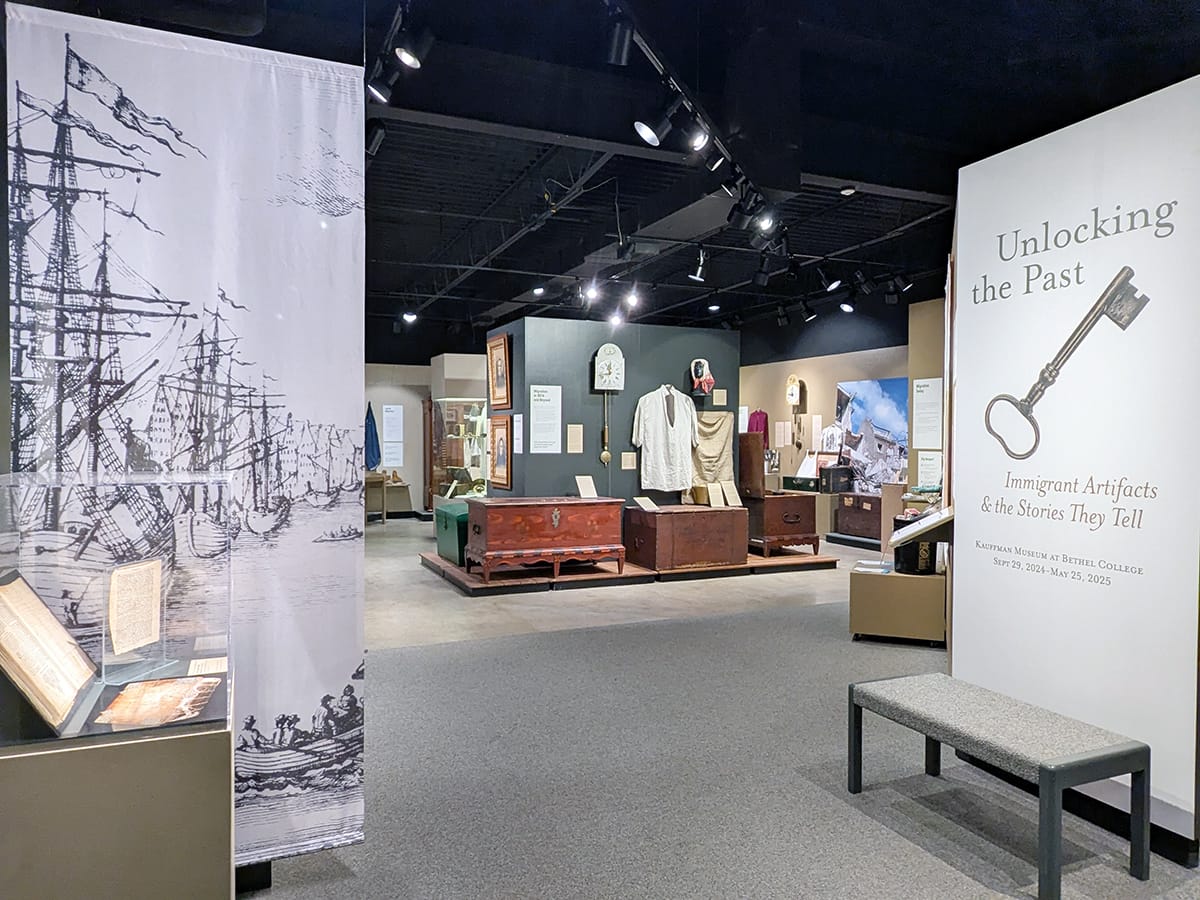
 The SHOUTLeslie Coates
The SHOUTLeslie Coates